Some fields in Tan My Ha and Chau Binh communes (Huong Son district) - a "hot spot" for rice blast nearly two weeks ago, although they have been treated with pesticides, have a very low recovery rate, with the risk of greatly affecting the yield at the end of the season.
This is an obvious lesson for many farmers in this locality when they arbitrarily use seeds outside the production structure of the province and district.
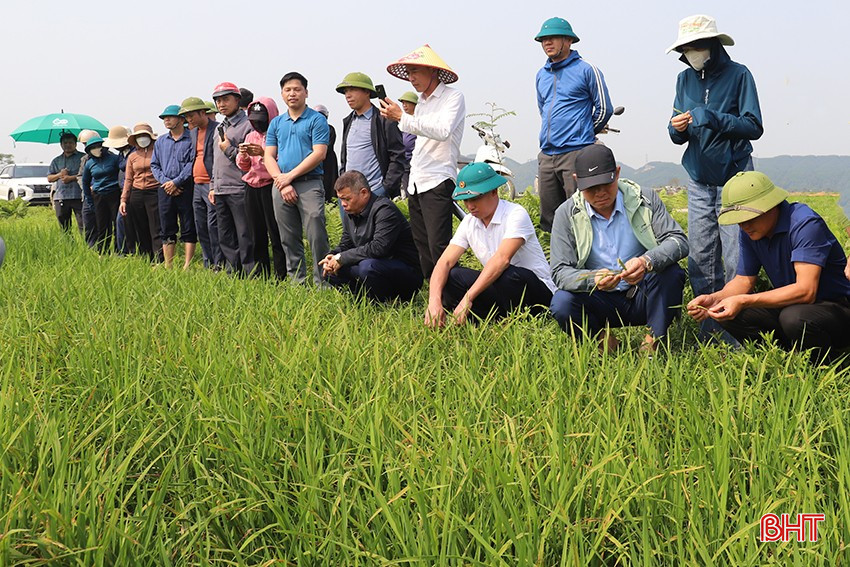
Chairman of Tan My Commune People's Committee Ha Tran Kim Chi said: " Recently, 60 households sowed DT18 variety with an area of 4 hectares and were all infected with leaf blast. This variety was planted by people themselves and is very susceptible to rice blast disease, while this year's prolonged rainy weather has caused the disease to arise and cause serious damage. Using varieties that are not in the structure is also the reason for the disease to spread to other varieties in the area such as Thai Xuyen 111, Bac Thinh...".
In order to prevent the risk of disease outbreaks and spread during rice flowering, recently, Huong Son district has organized large-scale spraying of pesticides in Tan My Ha, Chau Binh, Son Tay, Son Linh communes...; at the same time, it is recommended that people should proactively stay close to their fields to check and monitor the situation of pests and diseases, especially in the final tillering - flowering stage.
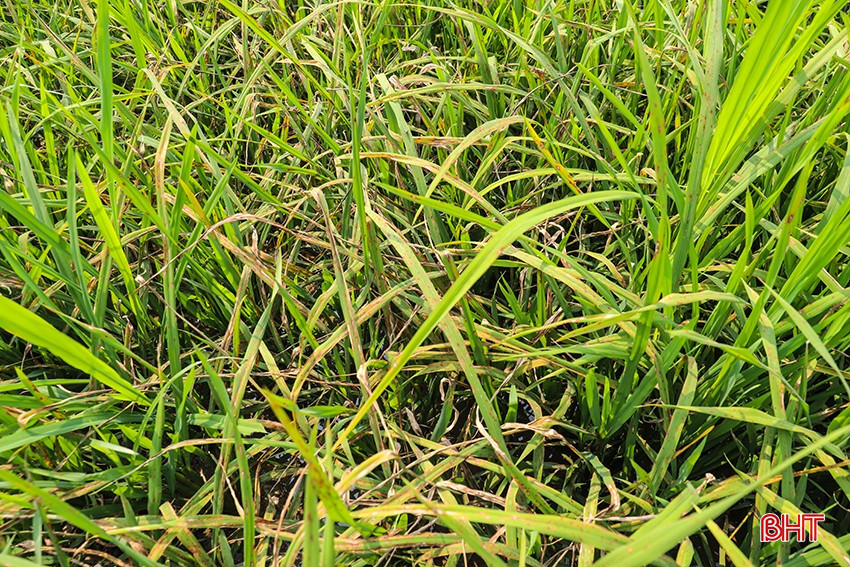
The situation of people arbitrarily planting seeds outside the structure not only occurs in Huong Son district but is also quite common in Duc Tho, Cam Xuyen, Nghi Xuan districts,... In Duc Tho district, in the spring crop of 2025, some areas planted with P6 varieties in Bui La Nhan, Lam Trung Thuy, Yen Ho communes,... have had leaf blast quite early. This is the source of disease for the development of neck blast disease in the complicated weather conditions from now until early May.
According to information from the People's Committee of Lam Trung Thuy commune, the P6 variety is one of the varieties that is highly susceptible to rice blast, but due to its delicious rice characteristics, some households still grow it. Currently, some areas infected with rice blast have begun to show disease spots on the leaf collar. For this variety, the commune has assigned staff to regularly monitor the disease's progress, especially from now until the rice ripening period, to guide people to spray in time to prevent spreading to other production areas.
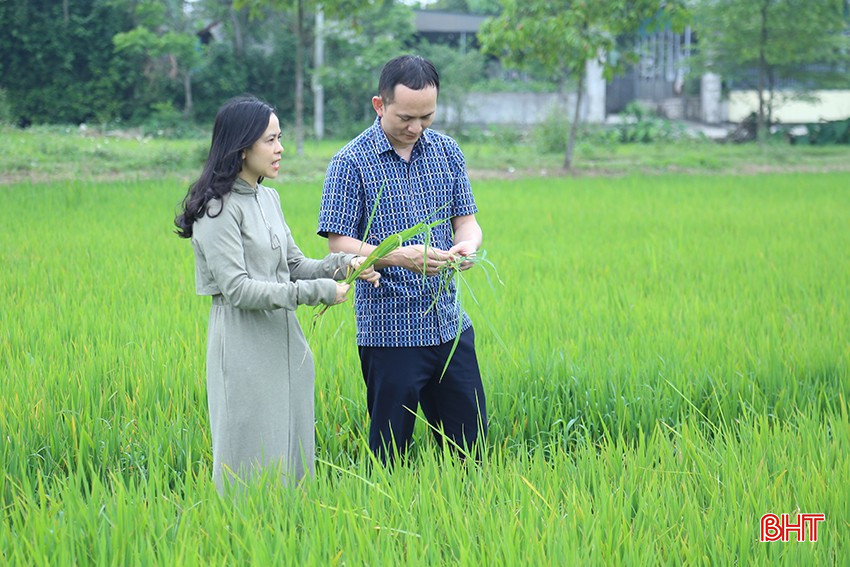
In Nghi Xuan district, in recent years, most of the areas infected with rice blast belong to the "inherent" and sensitive varieties such as Xi23, NX30, XT28... and some varieties outside the structure such as Nam Duong, PM2, IR1820...
Ms. Nguyen Thi Thu Giang - Agricultural Officer of Xuan Hoi Commune (Nghi Xuan) said: "The whole commune has about more than 80 hectares of IR1820 variety - one of the varieties that was removed from the provincial rice seed structure more than 10 years ago. The locality must regularly recommend and organize preventive spraying of this entire area to limit the emergence and spread of rice blast disease on a large scale."
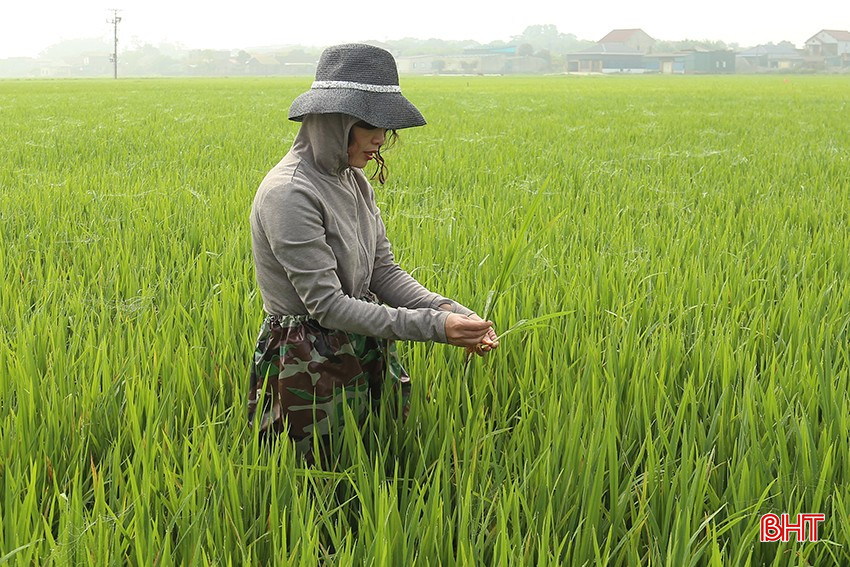
According to the Department of Agriculture and Environment of Nghi Xuan district, despite continuous warnings from the beginning of the season, the situation of people arbitrarily planting seeds outside the structure still exists, greatly affecting the disease prevention and control work of specialized sectors and local authorities.
Currently, implementing the direction of the province and district, professional staff have instructed key communes such as Dan Truong, Xuan Hoi, Xuan Pho... to closely monitor the fields, organize spraying to prevent neck blast when the rice is 3-5% ripe, especially sensitive varieties such as P6, Thai Xuyen 111, IR1820, Xi23, NX30, XT28...
According to the assessment of the industry, Ha Tinh has the presence of many strains of highly toxic blast fungus. Meanwhile, non-structural varieties such as P6, Nam Duong, DT18, PM2, SV181... are often affected by leaf blast disease very early. Currently, areas that were heavily infected with leaf blast on these varieties have begun to show disease spots on the leaf collar, especially in localities such as Thach Ha, Duc Tho, Cam Xuyen, Huong Son districts... with a rate of 1 - 3%, in some places up to 7 - 10%.
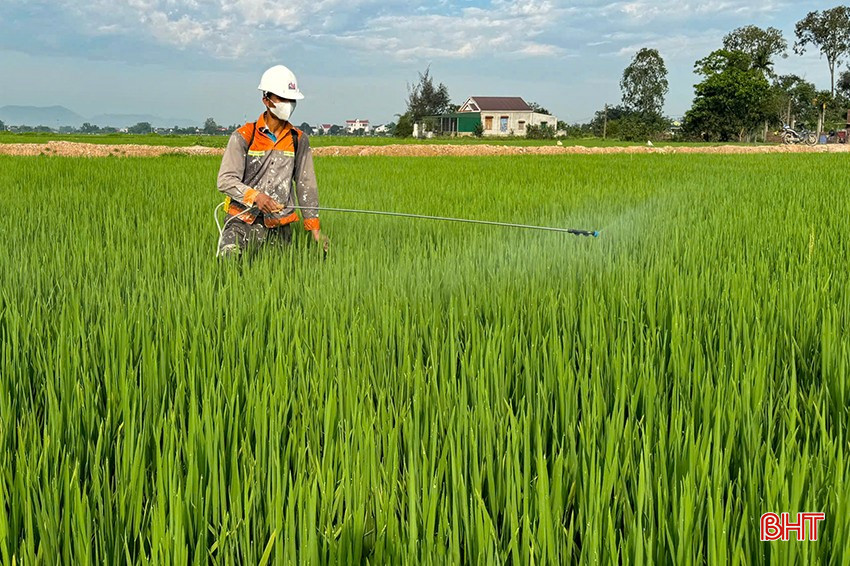
Currently, about 3,000 hectares of spring rice in some areas without proactive irrigation in communes such as: Dan Truong, Xuan Hoi, Xuan Giang (Nghi Xuan); Huong Giang, Huong Thuy, Phu Gia (Huong Khe); Mai Phu, Thach My, Thach Son (Thach Ha); flooded summer-autumn areas in communes outside the dike (Duc Tho), Kim Song Truong (Can Loc) have begun to bloom and basically completed flowering before April 24. The remaining 56,000 hectares, focusing on the main varieties of the 2025 spring crop, are expected to bloom from April 25 to May 5, evenly distributed throughout the province.
According to the provincial Department of Crop Production and Livestock, localities need to proactively conduct investigation, detection, prediction and review the structure of cultivated varieties in the area. At the same time, regularly visit the fields, check the growth status, determine the flowering time of each rice crop, each field, each ecological zone, each rice variety to strongly advise people to spray to prevent neck blast disease, especially on varieties susceptible to blast, areas that have just been affected by leaf blast to ensure timely, effective and timely spraying. The first spraying time is when the rice is flowering (3-5%) and the second spraying time is after the rice is fully flowering.
Source: https://baohatinh.vn/giong-ngoai-co-cau-tiep-tuc-la-moi-lua-cho-benh-dao-on-co-bong-post286340.html




![[Photo] General Secretary To Lam concludes visit to Russia, departs for Belarus](https://vphoto.vietnam.vn/thumb/1200x675/vietnam/resource/IMAGE/2025/5/11/0acf1081a95e4b1d9886c67fdafd95ed)
![[Photo] National Assembly Chairman Tran Thanh Man attends the Party Congress of the Committee for Culture and Social Affairs](https://vphoto.vietnam.vn/thumb/1200x675/vietnam/resource/IMAGE/2025/5/11/f5ed02beb9404bca998a08b34ef255a6)





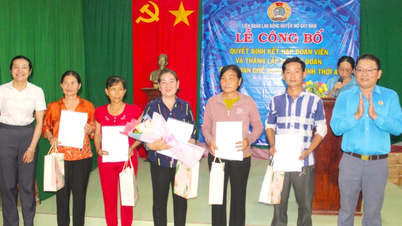
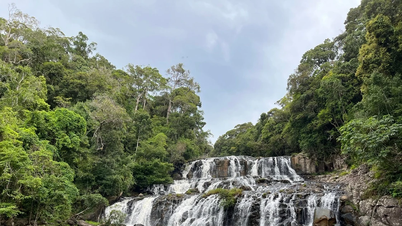







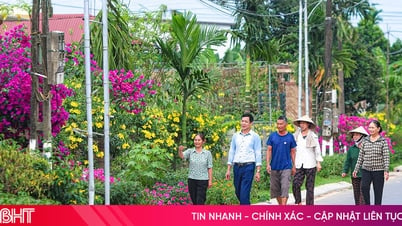




![[Photo] Discover the beautiful scenery of Wulingyuan in Zhangjiajie, China](https://vphoto.vietnam.vn/thumb/1200x675/vietnam/resource/IMAGE/2025/5/11/1207318fb0b0467fb0f5ea4869da5517)






























































Comment (0)